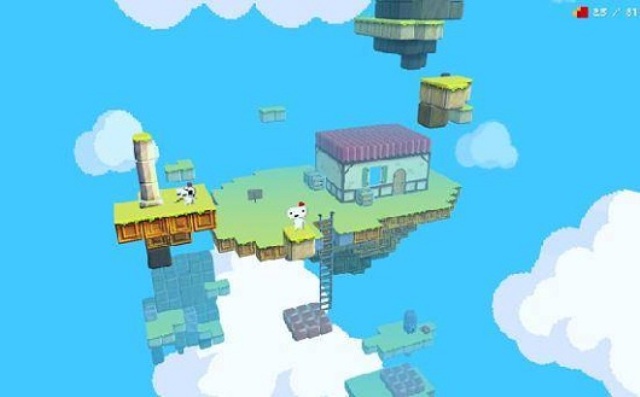Why has it taken Polytron so long to complete Fez?
A lot of people have been looking forward to the release of indie developer Polytron’s Fez for a very long time. The platformer has been in development for almost half a decade. It has made appearances at a plethora of industry conventions. Fez even took home top honors at the Independent Games Festival…in 2008. Rumors of a May release sprung up not long ago, and were then quickly debunked by Polytron’s own Phil Fish. No matter how badly the gaming public wants the title to finally see the light of day in the near future, however, it only just recently entered the certification process and is unlikely to be available before the summer.
Developer Renaud Bedard recently addressed a crowd at this week’s GDC in San Francisco about the prolonged process of making Fez a reality. “The fact that Fez was such a long project means that we kept upgrading,” explained Bedard. “Fez is our first game, our first project. It’s hard to manage the fact that you want the game to be perfect.”
No studio ever sets out to release a bad game, of course; they all want their baby to be flawless. Yet not everyone spends close to five years chasing down that dream. Joystiq, who was on-hand for Bedard’s GDC presentation, reports that the main reasons why protagonist Gomez’ adventure remains unreleased is technical enough that Polytron had to make up internal design terms to describe it.
The first of which is the “Fezzer,” which is the name for the editor Bedard and Fish created to help them fabricate the world of Fez. Using Fezzer, the duo made something they call “trixels” (16x16x16 voxel-like blocks). These creations are what allowed the developer to give the game its rotating environments consisting of four two-dimensional planes. Bedard then set about crafting 302 “triles” grouped into 17 sets rather than relying on the more traditional 2D tiles. Each one of Fez‘ staggering 157 stages are comprised of the triles.
Their challenges didn’t end there. One of the characters Gomez will encounter in the game is Dot the tesseract. Dot is a 4D hypercube fairy. She came into being when Bedard made use of fake 4D to 3D projections consisting of 96 vertices and 144 triangles. She possess a certain level of insider knowledge about the world of Fez, and now the public does as well.
Source: Joystiq


